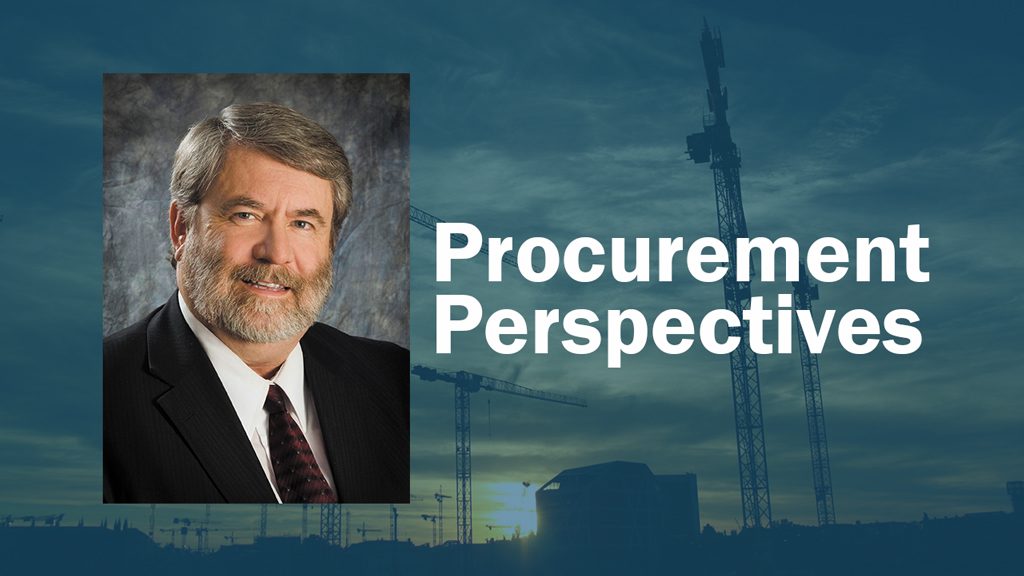It is difficult to find time for adequate reflection in the modern world, but it is more difficult to act wisely without finding that time.
As the CEO of any company, you must consider the many problems that confront the organization on any given day.
You must also look at the range of options for dealing with those issues and the ethical implications of each of those options. It is the responsibility of all CEOs to act in the best interests of the organization and those interests cannot be identified without proper reflection.
This applies to all aspects of the business.
In the procurement department, I have always stated the proper reflection by management is to think critically about contemporary ethical concerns, social justice and other issues facing the organization.
When it comes to supply chain management, it entails stepping back and observing the wider picture, noting what is happening, looking for patterns and lessons in the events that are unfolding.
Often only through reflection on experience is it possible to see a way forward. Also, reflection is the key to avoiding endless repetition of the same mistakes. It must be partly pragmatic and partly idealistic.
Ultimately, reflection allows management to target the skills and resources at his, or her, command upon the problem that is faced.
The greater the potential impact of a decision, the greater the need for reflection.
Reflection need not take a great deal of time but does require a balanced consideration of the pros and cons of each given range of options.
Appropriate aspects of reflection include the following steps:
- List the range of options open, from doing nothing to the most extreme response. It is not necessary to identify and consider every conceivable option, but it is wise to consider a cross-section of approaches so that one has an idea of the scope of available responses. At this stage of the process, it is wise to consult as widely as opportunity allows about possible choices.
- Settle in advance that the most extreme options — i.e., those that fall at each end of the spectrum of what is available — will be taken only if clearly shown to be the best available approach.
- Identify at least four pros and cons associated with each option. One must consider the steps necessary to implement a given decision and the practical effect of each of the measures that those steps imply. Assessments must be realistic. Afterwards add any additional pros and cons that come to mind with respect to each option and that appear reasonable.
- When any pro or con is contingent, estimate the probability and explain why it is likely or not.
- Avoid the tendency to assume that risks are unlikely to occur and the benefits are certain to be achieved. Since there is a widespread tendency to underestimate cost, assume all possible costs are certain and at the high end of any expected range.
- Estimate any pro that has a low level of probability and low benefit if it occurs. Discount other anticipated benefits by their probability.
- By comparing cost and benefit identify the two options that offer the greatest gain. Discuss the advisability of each of these options with one’s closest advisers.
- If necessary, make recommendations to management to obtain the authority to act. Make and implement the decision.
- Reflection is not, however, an excuse for indecision.
“Make sure that you are right,” said Davy Crockett, then go ahead.
In this context, being right does not mean absolute certainty of no error. It means seeking out a reasonable basis for decision then acting in accord with it.
Stephen Bauld is a government procurement expert and can be reached at swbauld@purchasingci.com. Some of his columns may contain excerpts from The Municipal Procurement Handbook published by Butterworths.




Recent Comments
comments for this post are closed